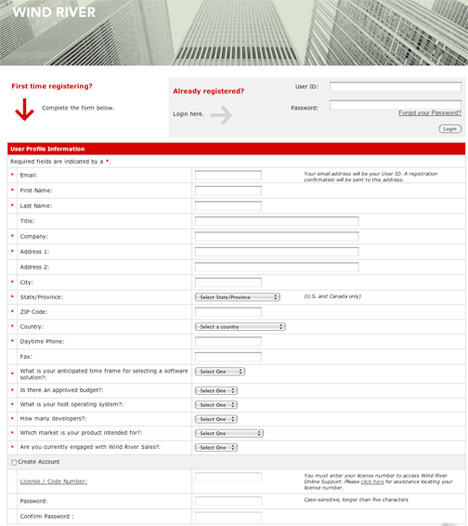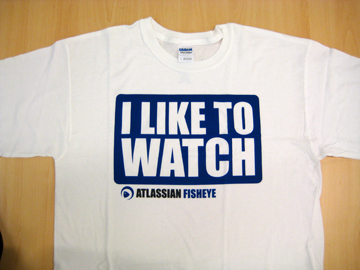
A Coffee shop opened on the corner near our office. What they are doing to launch their new business amazingly applies to most companies. It’s brilliant and common sense. The Coffee shop illustrated to me lots of attributes of how to think about starting a new business, and how not to do it…
1. The New, New Thing vs. the Pizza Strategy
Mistake #1 in Silicon Valley is the obsession with the New, New Thing. The opposite is the Pizza Strategy. It’s practical, you could eat it every day (if you work with engineers), it’s both lunch and dinner food. It serves a lot of purpose, but it’s common and a bit boring. Innovation is wonderful, yet not enough technology companies go after crowded industries where an unmet need still lies.
Coffee Bar, which opened last month in our neighborhood is an excellent example of my kind of entrepreneurialism. They opened one block away from Starbucks. People asked why they would do that? Dumb question. Starbucks is an Unholy Blasphemous Sacrilege to those of us religiously devoted to the Sacrament of Coffee.
I call JIRA our Pizza business. It’s the sincerest form of flattery because Mike and Scott chose a software product with tons of competitors yet found an unserved need: a useful, practical issue tracker for $1200 – $4800. Five years later, it still sells like hotcakes. There were lots of pizza shops, but JIRA pizza has a strong following.
2. Marketing vs. Product
It’s not that marketing is bad. Hell, I’m recruiting for a VP Marketing. The question is: what do you lead with? If you can’t win folks with the product first, pack it up.
Coffee Bar has sitting next to their menu a ranking of all the best, generally boutique coffee shops in San Francicso. This takes cojones because San Francisco has some great coffee shops in the North End that are historic with the Beat Generation. Coffee Bar ranks #1. The point is: they are proud of their product and determined to be the best. They lead with Great Product.
Coffee Bar does something else we try to do at Atlassian which is give customers fewer choices, but give them good ones. We apply this rule to pricing to keep things simple. The first time I heard about Coffee Bar’s food, Jonathan Nolen said “The menu is limited but everything is great.” Bullseye. Apple figured this out a long time ago: compare the number of add-on options available on a Mac to those on a Dell. With Dell, the choices are agonizing and confusing.
Lead with product and keep things simple.
3. Free Trials vs. Hassle
What’s the biggest problem with test driving a new car? The hassle from an annoying salesman. Why do software companies do this when all you want is a whitepaper…

Why don’t more companies just let you try their products with the least intrusion and hassle? During lunch when I normally don’t have coffee, Lindsay at Coffee Bar asked me if I wanted to try the coffee for free. Just the act of offering me a free coffee warmed me to the place. When I asked for a double espresso, she said, “Perfect”, because she wanted me to taste the undiluted essence of the core product: coffee. She handed me the espresso with a pride and belief in her product. She expected nothing in return.
The more questions you get asked when you evaluate a product, the more you ought to run for the hills. Businesses need to be willing to trade bad customer information for engendering trust.
4. Marketing vs. Word of Mouth
When I told Lindsay at Coffee Bar lunch was excellent, she asked if I could tell my co-workers. I was more than happy to oblige. Lindsay led with great product, she has visible pride in her restaurant and product, she is happy to be a few feet away from the Starbucks, and she understands my recommendation is much more important than an advertisement.
Ask yourself what can you do to promote word of mouth? Advertising is no longer what it once was.
5. Branding only matters so much
Too many tech and Internet companies obsess over names. Granted, consumer companies have a greater challenge. If you are taking on, say Coca-Cola or Cheerios, I would support an intense effort on naming.
What I like about Coffee Bar is that it is imperfect but it works. It stands for Coffee in the daytime, Bar at night. “Oh, that’s cool”, was my first thought. I’ll remember that. Is it a boring, generic name? Sort of. But so what if the product is excellent, and they concentrate on what customers really want?
There are a few common, useful rules for naming from Rob Gemmell, a friend and Marketing God:
- Own-able — The name is unique and you can own it. “Accenture is ow-nable; “Pacific Lumber” is not. Any name becomes own-able over time if you either spend a lot of money on marketing, or you establish a large market of customers who know you.
- Spell-able — The one weakness of the “Atlassian” name. Sometimes related is Pronounceable, which is another Atlassian imperfection.
-
Memorable — Related to uniqueness, but very different: will people remember the name?
- Relevant — “Reliable Roofing” is highly relevant: it includes the benefit. It is relevant to the customer. “Apple”, on the other hand is completely arbitrary and not relevant. It’s cute, but it’s not relevant to the customer. “International Business Machines” was extremely relevant at the time.
The other two useful, secondary rules are: 1) Start with a letter high in the alphabet, a strength of Atlassian or Apple, and 2) Try to keep it as short as possible.
“Coffee Bar” is imperfect. Once you understand it, it might be memorable. But it is too generic to be own-able, without a lot of marketing money behind it. It doesn’t matter as much as the product, the customer service, the ambiance, and of course, a motivated, smart owner like Lindsay.
 (Warning: This ingredient may not be for every blogger.) The ingredient is mixing business and personal issues. Right off the bat, this flies in the face of accepted Public Relations rules. But, the more personal and authentic a blogger can be, the more readers will believe a blog. Why do I say this?
(Warning: This ingredient may not be for every blogger.) The ingredient is mixing business and personal issues. Right off the bat, this flies in the face of accepted Public Relations rules. But, the more personal and authentic a blogger can be, the more readers will believe a blog. Why do I say this?













